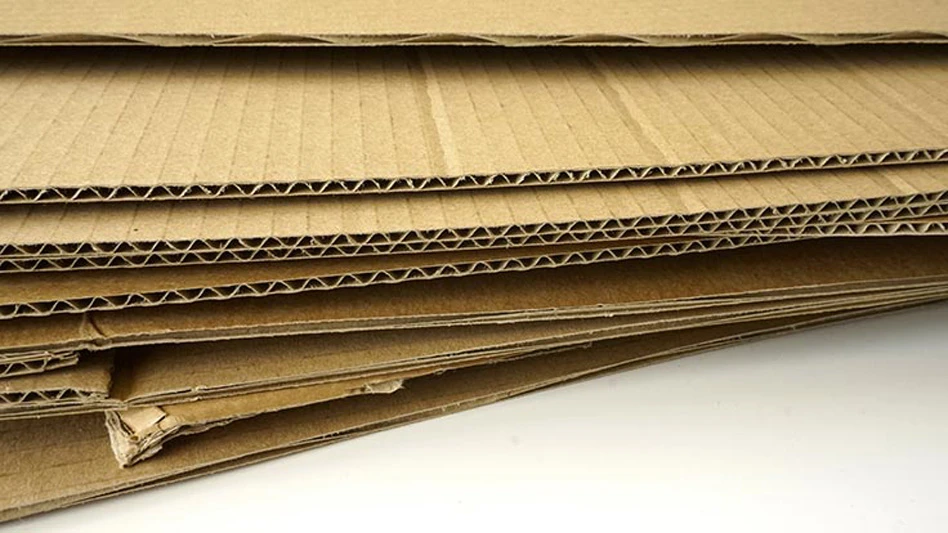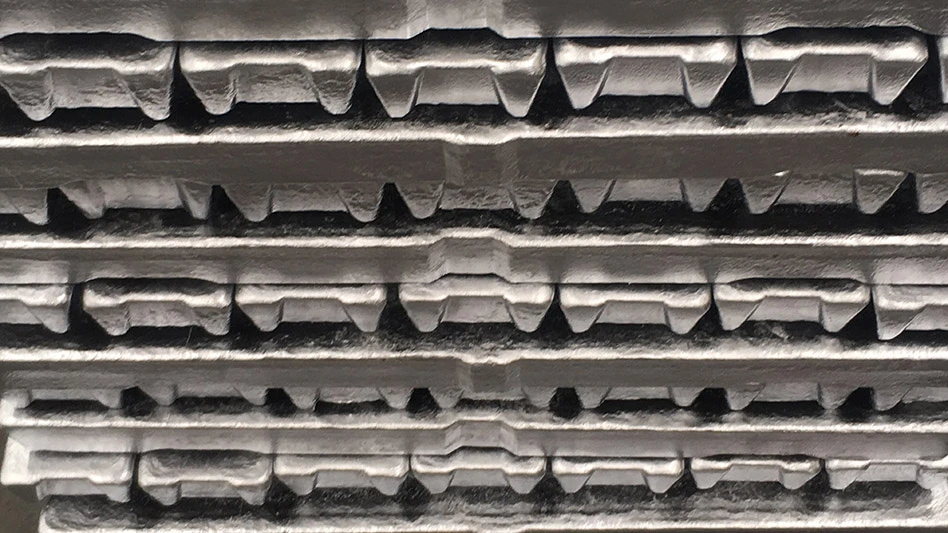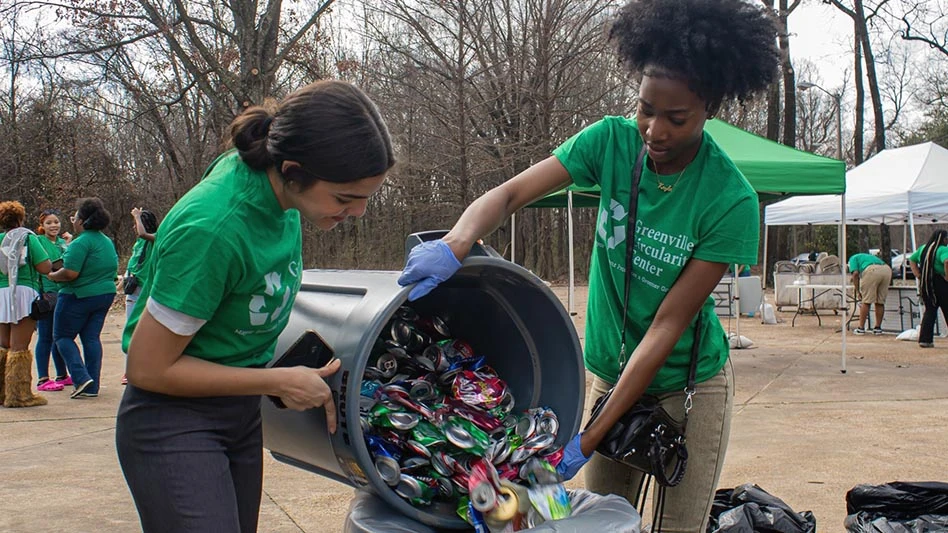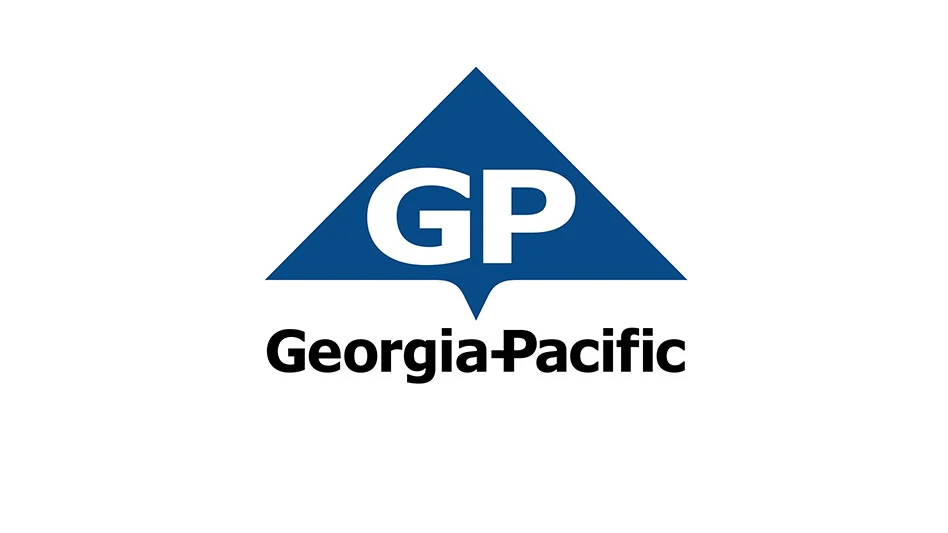
©fotosen55 | stock.adobe.com
By the end of 2022, the phenomenon that has become known as the “cardboard box recession” had taken shape, and in early 2023, one analyst even observed “echoes of the Great Financial Crisis everywhere one looks.”
Officials at packaging companies around the world had hoped for an uptick in containerboard demand by the end of last year, especially as new mills began ramping up production, adding pressure to demand. But last spring, reports surfaced suggesting that uptick likely wouldn’t materialize until 2024.
Now, at this year’s halfway point, a veteran paper and packaging analyst says the U.S. box recession finally is nearing its end—which spells good news for the broader U.S. economy.
“Why should anyone care about the corrugated box market?” Bank of America Securities senior paper and packaging analyst George Staphos asks during a mid-June episode of Yahoo Finance’s “Market Domination.”
“Basically, 80 percent of the economy moves through corrugated boxes, and even though the economy is progressing, we’ve been going through a packaging recession, as you’ve been destocking for other reasons, really since the second half of 2022.”
But, according to independent box makers surveyed by BofA Securities, the growth outlook for box shipments went from 0.6 percent to more than 3 percent, which Staphos says is “significant.”
“Additionally, what we’re hearing from the respondents is an overwhelming sense that prices would continue to move higher,” he adds. “It’s mostly driven by cost—a lot of inflation, the cost structure—but nonetheless, a view that prices would continue to head higher.”
Staphos says box shipments, which usually move along with the economy, are at 2016 levels.
“So, the economy has been progressing, but box shipments themselves have not been moving,” he says. “The fact that we’re seeing an uptick suggests that maybe consumer demand is still relatively good and maybe there are some shipments now as you’re seeing some restocking.
“Also, in some of the data that we look at, there are some encouraging things. Not to say it’s all black-and-white positive, but among other things, we saw a little bit of an uptick in the outlook for e-commerce in the survey based on what we’re getting from the independents. As a result, we raised our forecasts 2 [percent] to 4 percent on pricing and on earnings as well.”
It’s a positive outlook the market has needed since old corrugated containers (OCC) and mixed paper prices, in particular, plummeted toward the end of 2022 and have been slow to rebound.
“Prices went up … $200 per ton, over 20 percent, between the fourth quarter of 2020 and the first quarter of 2022,” Staphos says. “Then, you saw prices decline as there was a slowdown, as we went through that destocking period—that recession—about $100 per ton. In the meantime, costs are going up—labor, freight and the cost of fiber.
“One of the things that’s very interesting about the packaging sector and containerboard is that there’s a lot of recycled fiber—it’s a green market. Recycled fiber has gone up, when you consider transportation premiums, about $100 per ton. So, the containerboard companies are raising pricing now to offset that inflation they’re now seeing in their cost structure and hopefully because demand is picking up as well.”
Survey results seem to reflect that notion. According to Staphos’ report, over the next six to 12 months, 62 percent of respondents see demand as either “better” or “much better” compared with 39 percent who said this in April.
Latest from Recycling Today
- OnePlanet Solar Recycling closes $7M seed financing round
- AMCS launches AMCS Platform Spring 2025 update
- Cyclic Materials to build rare earth recycling facility in Mesa, Arizona
- Ecobat’s Seculene product earns recognition for flame-retardant properties
- IWS’ newest MRF is part of its broader strategy to modernize waste management infrastructure
- PCA reports profitable Q1
- British Steel mill subject of UK government intervention
- NRC seeks speakers for October event





